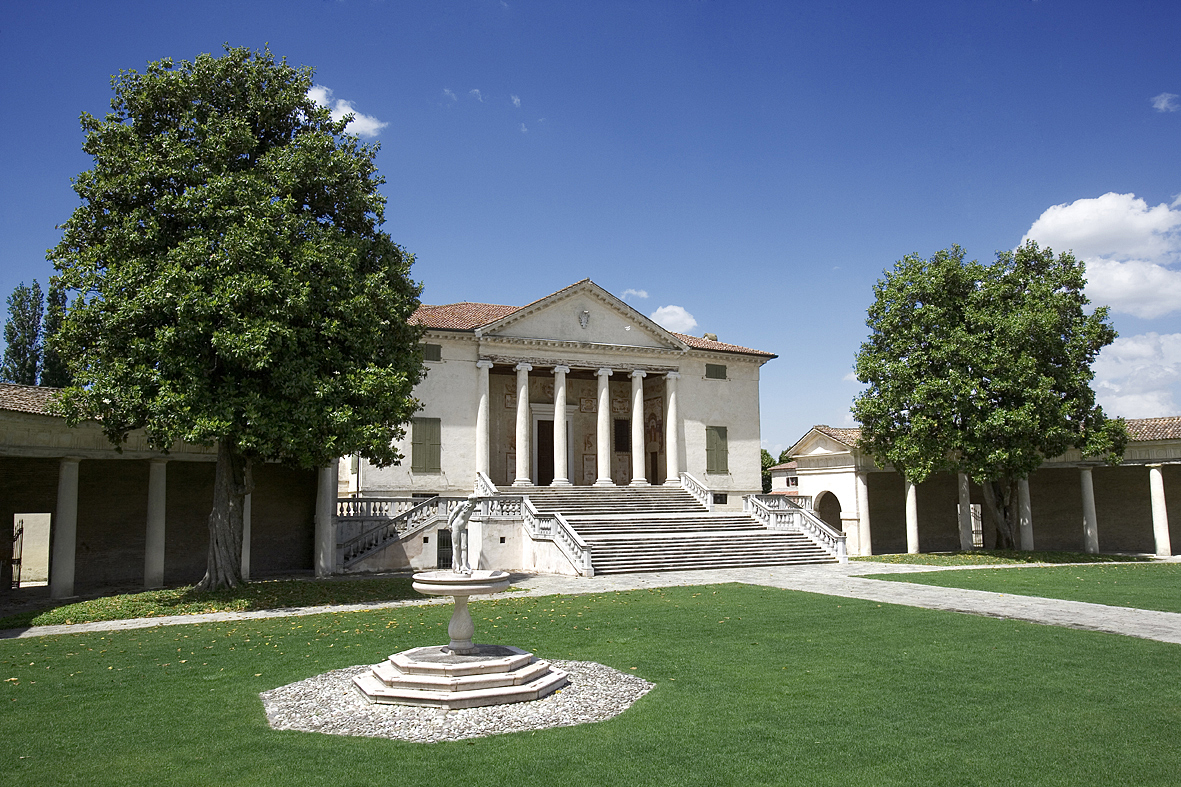
Fratta Polesine
Fratta Polesine is a small village that amazes for the quantity of historic houses that overlook the Scortico – the canal that connects the Naviglio Adigetto with the Canalbianco – which crosses it entirely.
First of all, the Palladian Villa Badoer, a Unesco property. It is undoubtedly striking for its elegant majesty, a perfect setting for exhibitions and shows. The National Archaeological Museum is housed in one of the Villa’s barchesse. Here it was built to host the archaeological finds discovered during the excavations carried out a few kilometers from the historic center of Frattesina.
Very close to Villa Badoer is Villa Molin Avezzù. In 1818 the Villa was the scene of a dinner, during which a group of young Carbonari were arrested and locked up in the terrible Austrian prison of Spielberg in Moravia. In addition to the houses of the prominent names of the Carboneria Polesine, in Fratta Polesine there is the Giacomo Matteotti House-Museum, dedicated to the great Italian politician who was born, lived and was buried in the local cemetery.
A few meters away is Palazzo Boniotti, home to the Manegium ethnographic museum, a documentation center of peasant civilization and the territory.
The parish church of SS Pietro and Paolo Apostoli, the largest one-nave church in the Polesine area, and the beautiful romantic park of Villa Labia, with its small lake and two ice houses, deserve a careful visit.
Following the course of the Scortico, along the Adige Po cycle path, a few kilometers from the historic centre, is the “Pizzon Mill”, a stupendous example of industrial archeology and the only 19th-century mill in the Polesine area.